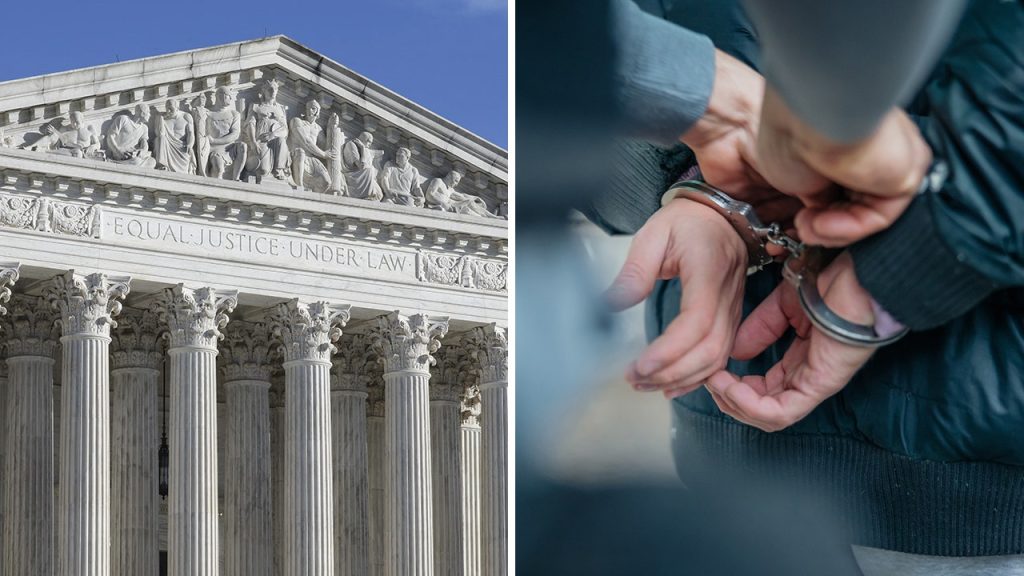On June 13, 1966, the U.S. Supreme Court announced the right to remain silent as a principle of American law in the landmark case Miranda v. Arizona. This decision established that an arrested individual is entitled to rights against self-incrimination and to an attorney under the Fifth and Sixth Amendments of the United States Constitution. The case led to the requirement of “Miranda rights” during arrests, outlining that a person must be informed of their right to remain silent, that anything they say can be used against them, and that they have the right to legal counsel.
The Miranda v. Arizona case originated in Phoenix, Arizona, involving a man named Ernesto Arturo Miranda who was arrested in 1963 for kidnapping and rape based on circumstantial evidence. Miranda was interrogated by police without being informed of his rights and ultimately confessed to the crimes. However, the Supreme Court ruled that without the safeguards of the Miranda rights, any statements obtained during custodial interrogation would be inadmissible in court.
Miranda’s case caught the attention of civil liberties organizations, leading to an appeal to the United States Supreme Court. Chief Justice Earl Warren outlined new guidelines to ensure that individuals are accorded their Fifth Amendment right not to incriminate themselves and their Sixth Amendment right to legal counsel. The Miranda Warning became a standard procedure, informing individuals of their rights when in custody and about to be interrogated.
The Miranda Warning states that individuals have the right to remain silent, that anything they say can be used against them, and that they have the right to an attorney. Police are also prohibited from questioning suspects who indicate they do not wish to be interrogated or wish to consult with an attorney. If a suspect’s rights are not read to them, any confession obtained may be challenged in court. It is important to note that the Miranda warning is only necessary when a person is in police custody and about to be questioned.
Following the Miranda ruling, Miranda’s conviction was overturned but he was retried and convicted in 1966. He remained in prison until 1972 and was later stabbed to death in a bar in 1976. The impact of the Miranda case extends to the present day, with the requirement for law enforcement officers to inform suspects of their rights during custodial interrogation. Overall, the Miranda v. Arizona case has had a lasting impact on criminal procedure and the protection of individual rights in the United States.













